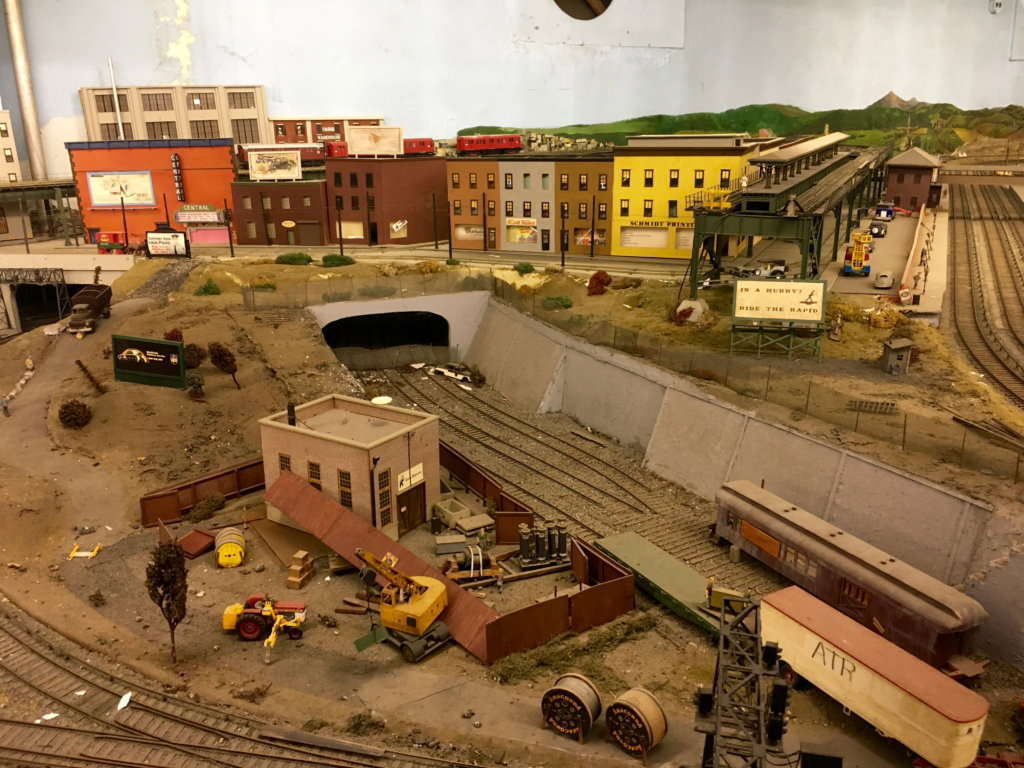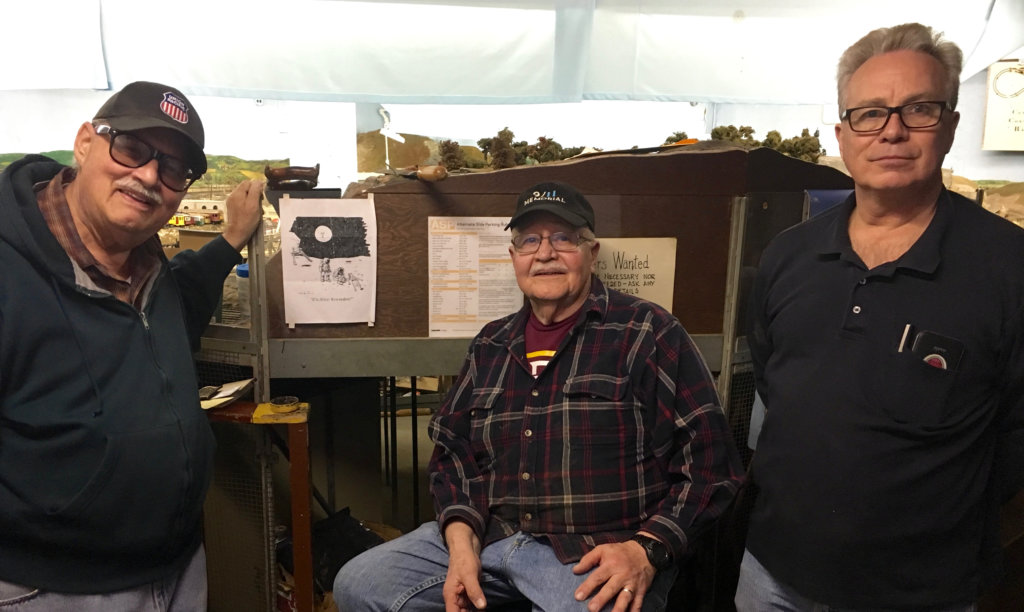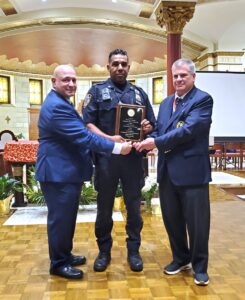The days are numbered for Bay Ridge’s beloved Model Railroad Club which, for more than half a century, has entertained children and adults of all ages with its elaborate model train exhibit at 28 Marine Ave.
Originally organized in 1946 as the merger of two former model railroad clubs, the Brooklyn Model Railroad, founded in 1932 and the Shore Haven Central founded in 1936, the club — whose sprawling masterpiece is a virtual replica of towns and villages mirroring those along actual train lines that ran across the country open to view for a nominal fee between Thanksgiving and Christmas — now faces a Mar. 31 deadline to pack up and get out.
The club — which has been coping, over the past few years, with an aging membership and dwindling volunteers — got its eviction notice on Fri., Feb. 15.
The reason for their termination according to the letter addressed to the Model Railroad Club is that “Landlords need to access tenants space to make certain repairs to the heat system for the property.”
The three members of the club, Arthur Stensholt, Adam Wanio and Hank Angermann, immediately met to try to figure out what can be done with all the railroad equipment on such short notice. Their hope was to find a new home for the trains and continue the legacy of the Bay Ridge Model Railroad Club.
According to Stensholt, the club was originally told in a phone call to vacate the premises by summer in order for the building to work on the steam pipes.
“They said they couldn’t get to the pipes because of the train layout,” Stensholt explained. “They needed us to get out so that they could fix the pipes in the proper way.” That changed when Stensholt received the letter from Adam Nagin, assistant vice president of Superior Management Incorporated.
“We need a new home for the layout. If we could find a new home for it, where there would be more people and younger people that would like to work on it, then it can be brought back to its original glory and enjoyed by future generations,” noted Stensholt.
Stensholt, Wanio and Angermann say they would be willing to continue working with the club and teaching a new generation about the model trains. But it depends on where the elaborate layout is relocated. If someone takes it over and keeps it close by, they would be happy to stay on.
Wanio hopes that whoever takes it over will keep the feel of the original set up. “The top part of the layout is sound. The bottom half could be modernized to today’s electronic standards.”
The club wasn’t originally so small.
“Unfortunately, due to the passing of some original members, the club membership has dwindled,” said Stensholt. “Others no longer live in the area due to health reasons. What you see is who is left, myself, Adam and Hank.”
“Arthur and I were here when we went into turmoil,” Wanio recalled. “Our president Cono Bianco and treasurer Eddie Stahl passed away in pretty quick succession within four months of each other in the same year. Arthur and I stood here and wondered what we could do. We were already getting penalties on our rent and we had no access to any money. We took it upon ourselves to help the club survive.”
The trains first ran in the 30-by-60-foot space at 28 Marine in 1949. The layout included all hand-laid track and 124 custom built switches.
Wanio remembers coming to his first show with his father in 1955. “I remember standing right here on this railing. Nothing has changed. A lot of good memories were made here.
“My pop lifted me up on this particular railing so I could watch the trains,” said Wanio, describing the brown wood railing that allowed children to watch the trains in motion in safety.
Stensholt, who has been a member of the club for 10 years, also recalls seeing the setup as a child. “I came here as a kid myself, brought my son here and I’m lucky my grandkids got to see it,” he said. “We can’t stay here but we are hoping we can find a group that’s willing to take this and set it up somewhere else so that it can have a life continuing.”
An interesting side note is that one of the bridges in the display is engraved “1947-Dyker Ridge,” for the year and place the Bay Ridge Model Railroad display was originally begun.
The present club was formed in 1947 and incorporated in 1955 as a non-profit organization that presented annual shows that demonstrated in miniature how real railroad lines operated.


 Coney Island casino opponents respond to city council’s vote to approve rezoning area
Coney Island casino opponents respond to city council’s vote to approve rezoning area  Officer honored for community involvement during Mass for American Independence Day Parade
Officer honored for community involvement during Mass for American Independence Day Parade